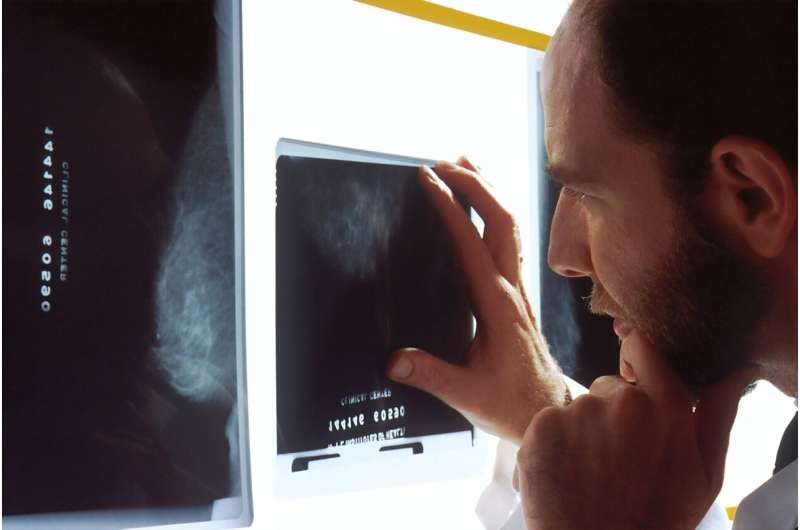New Role of PIEZO2 Ion Channel in Heart Vessel Development and Congenital Heart Defects

Discover how the PIEZO2 ion channel, known for touch sensing, plays a vital role in coronary vessel development and its implications for congenital heart defects and cardiovascular health.
Recent research led by scientists at the Max Delbrück Center for Molecular Medicine has unveiled a novel function of the touch-sensitive ion channel PIEZO2. Traditionally known for its role in sensing mechanical stimuli like touch, PIEZO2 has now been identified as a critical player in the development of coronary blood vessels. This discovery, published in Nature Cardiovascular Research, offers new insights into the molecular mechanisms underlying heart development and congenital heart abnormalities.
The study demonstrates that PIEZO2 is active during embryonic stages in endothelial cells lining the coronary arteries. When this channel is absent or overactivated, the formation of small blood vessels is disrupted, leading to abnormal branching or narrowing. These malformations can impair oxygen supply to the heart muscle, especially affecting the left ventricle, and can result in heart tissue thickening.
Furthermore, mutations in the PIEZO2 gene have been linked to vascular anomalies and conditions like Marden-Walker syndrome in humans. The presence of similar vascular malformations in mice models indicates that PIEZO2 malfunction during embryonic development could predispose individuals to heart failure, high blood pressure, and aneurysms later in life. Notably, the channel appears to be re-expressed in the adult heart under certain conditions, suggesting potential regenerative roles.
This groundbreaking research offers promising avenues for early diagnosis of congenital heart defects and the development of targeted therapies. Collaborations are underway to explore PIEZO2's activity in human endothelial cells derived from stem cells, with the aim of understanding how this channel can be modulated to prevent or treat cardiovascular diseases.
These findings deepen our understanding of cardiac vascular development and point to PIEZO2 as a potential biomarker and therapeutic target for cardiovascular health management.
Stay Updated with Mia's Feed
Get the latest health & wellness insights delivered straight to your inbox.
Related Articles
Psychologists Reveal Uncertainty as Key Factor in Brain Activity During Theory of Mind Tasks
New findings reveal that uncertainty, rather than social context alone, significantly influences brain activity during mentalizing tasks, with implications for understanding social cognitive disorders.
Potential Benefits of GLP-1 Receptor Agonists for Reducing Obesity-Related Cancers and Mortality
New research indicates that GLP-1 receptor agonists may lower the risk of obesity-related cancers and reduce mortality rates among adults with obesity and diabetes. Learn more about these potential health benefits.
U.S. Alcohol-Related Deaths Nearly Double from 1999 to 2024, Study Finds
Alcohol-induced deaths in the U.S. have nearly doubled from 1999 to 2024, with significant increases during the COVID-19 pandemic, especially among young women and Native American populations.
Anti-Nausea Drug Associated with Improved Survival in Women with Triple-Negative Breast Cancer
A groundbreaking study suggests that the anti-nausea medication aprepitant may boost survival rates in women with early-stage and triple-negative breast cancer, especially when used during chemotherapy treatments.



